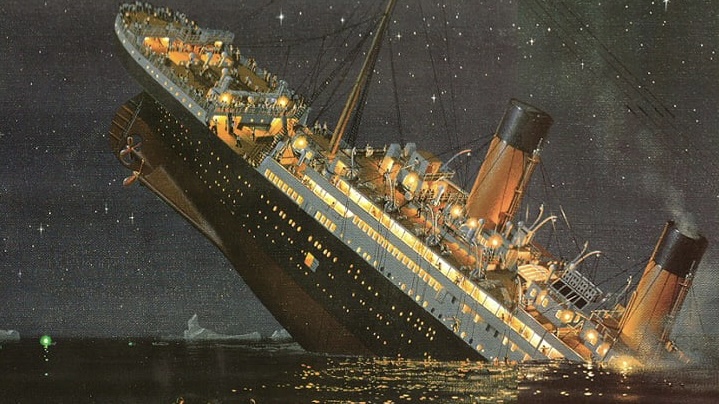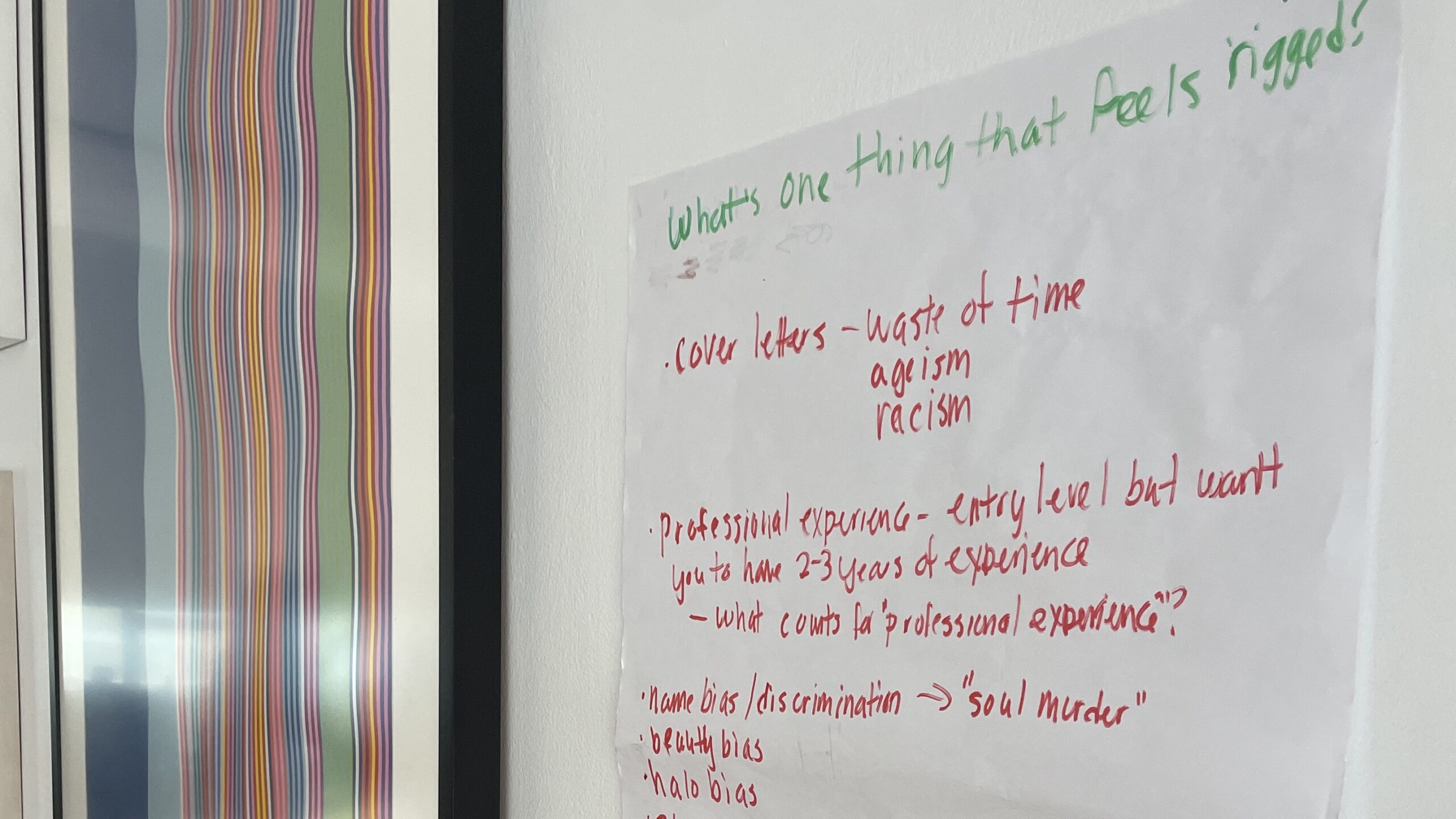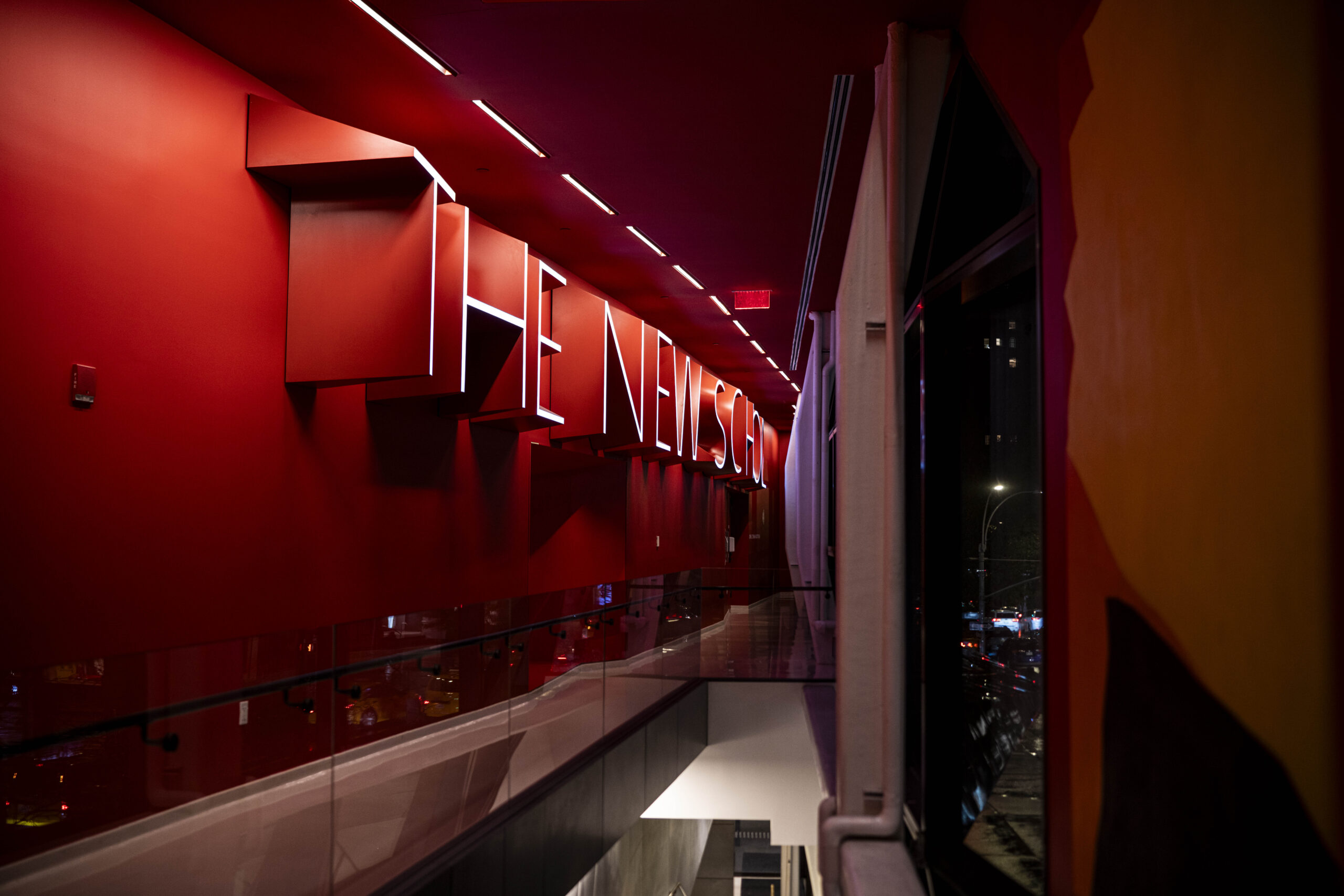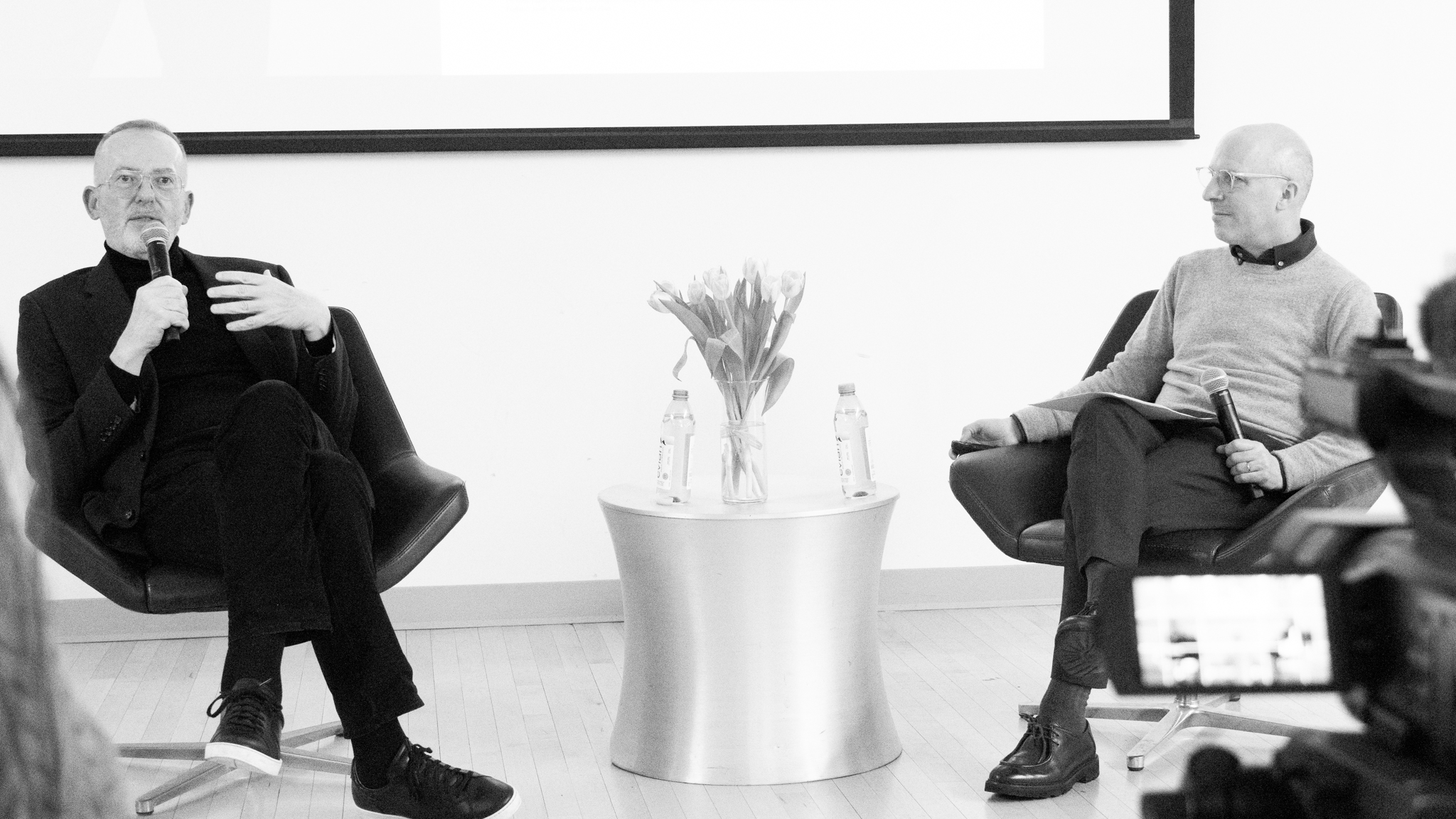Just when you think conversation about the Titanic has sunk for good, it bobs right back up like a rogue door floating in the Atlantic. Sound familiar? Believe it or not, on April 9, the ghost ship made headlines again. Scientists reveal they’ve created the most detailed 3D scan of the Titanic wreck to date, and suddenly we’re all back on deck with Jack and Rose, emotionally unprepared.
The scan, captured using two remotely operated submersibles, depicts the wreckage down to the individual rivets of how the ship split apart. According to Simon Benson, an expert on naval architecture, “the glancing blow with the iceberg lasted exactly 6.3 seconds.” The Titanic sank in 1912, but we’re still dissecting it in HD in 2025.
Here’s the thing that really makes me squint and lean in a little closer: Why are we still talking about this? How refined will the details of this infamous wreckage get until we are satisfied? Or maybe we should be asking: Who is making money off of all this, and how do we get in on it?
First, let’s address the million-dollar (or let’s be real, multimillion-dollar) iceberg in the room: the grand ship has become an industry. We’ve got books, movies, museum exhibits, themed restaurants, and now, digital resurrection documentaries like National Geographic’s latest special Titanic: The Digital Resurrection.
The Titanic is basically the Kardashian of maritime disasters: controversial, oddly fashionable, and somehow always in the news. This latest project took two years and involved 715,000 digital images. This is not just science — this is content creation. I wouldn’t be surprised if the Titanic had its own TikTok account by the end of the year.
There seems to be only so much you can learn from a 113-year-old mistake, but the Titanic never gets a rest. Even being two and a half miles below sea level, the Titanic doesn’t thwart the paparazzi. There’s a reason major media corporations have an interest in this particular disaster: the legend of a sunken $7.5 million ship is a story people are willing to pay for. James Cameron’s Titanic (1997) alone grossed over $2.2 billion worldwide and continues to earn from re-releases. Museums like Titanic Belfast have brought in over $490 million in revenue since opening, attracting more than 6.5 million visitors from over 145 countries. Even replica expeditions, like the Titanic II project or luxury dives to the wreck site, charge upwards of $250,000 per seat. A tragically profitable shipwreck.
Is it just about the money? Well, not entirely.
Many scientists, oceanographers, and maritime archaeologists have genuine intrigue in the shipwreck as an opportunity to learn about naval engineering, survival, or even the hubris of humanity. And with the commercial incentive picking up the funding, they get paid to nerd out underwater. For many, exploring the Titanic is the ultimate historical puzzle, and a significant parable as well. For instance, researchers have used what they’ve learned from the Titanic to improve ship design and safety regulations. Fame can occasionally have life-saving effects.
But still, why are we obsessed?
Because deep down, the Titanic is a mirror, but not just for romance or frozen toes. It reflects the values of prestige and class it was built on. The ship itself was a floating symbol of early 20th-century wealth, and that hierarchy didn’t sink with it. Data shows that over 60% of first-class passengers survived, while more than 70% of third-class passengers perished. Survival was about social rank. Survival of the fittest? Not so much.
This social divide has echoed through the Titanic’s elongated timeline. From luxury museum exhibits to six-figure dives into the wreck, the Titanic continues to be a playground for the wealthy, just as it was in 1912. Its afterlife is shaped by the same dynamics that shaped its downfall in the first place. We’ve turned a historical tragedy into a luxury brand.
Our continued obsession with the Titanic can be summed up in a lasting reminder that disaster trickles down while privilege floats.







Leave a Reply